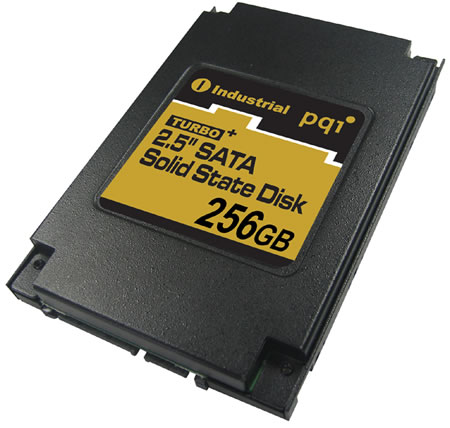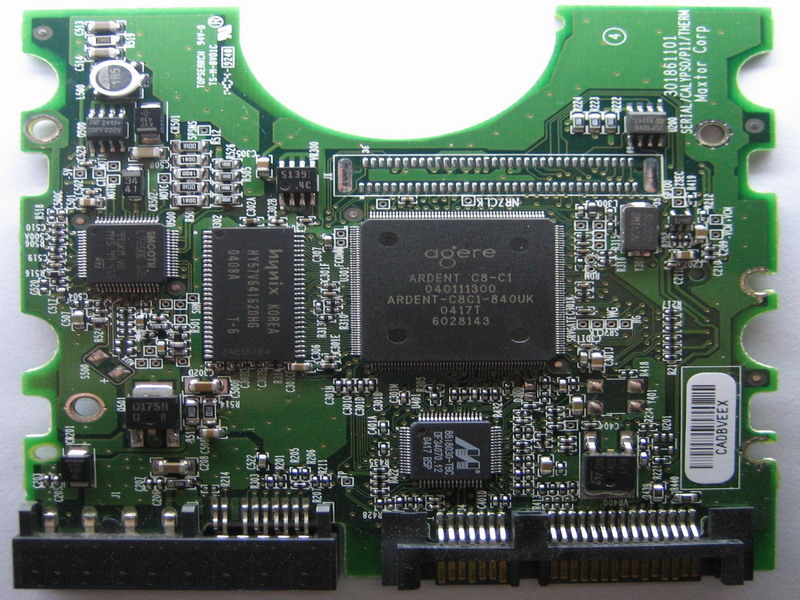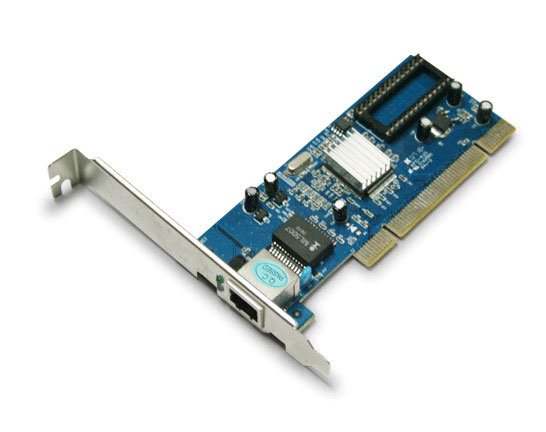Modulation is the process of transmitting information or signal to an electronic or optical signal carrier. It can be used to direct current, alternating current and also optical signals.
Demodulation
Demodulation is the opposite of modulation. It is the process of taking out the original information-bearing signal from a modulated carrier wave. It is an electronic circuit which is used to bring back information content from the modulated carrier wave.
Bandwidth
Bandwidth has two or more meaning. In computer networks, it is the amount of data which can be carried from one point to the another in a given time period which is usually in a second. It is usually expressed in bits of data per second. On the other hand, in electronic communication, bandwidth is the width of the range of frequencies that an electronic signal uses on a given transmission medium.
TCP/IP
TCP/IP which stands for Transmission Control Protocol/Internet Protocol is the fundamental communication language or protocol of the Internet. Besides that, it can also be used as a communication protocol in a private network either is an intranet or an extranet.
Node
A node is a connection point, it can either be a redistribution point or an end point for data transmissions. Basically, it has programmed or engineered capability to process and recognize or forward transmission to another nodes.
Client
A client is a type of requesting program or user in a client/server relationship. For instance, a user of a Web browser is successfully making client request for pages from servers all over the Web. This makes the browser itself is a client in its relationship with the computer that is getting and returning the requested HTML file.
Server
A network server is a type of computer that is built and designed to process requests and send data to another client computers over a local network or the Internet.
Network Operating Systems
A network operating system is a computer operating system's that is created primarily to support workstation, personal computer and some older terminal that are connected on a local area network (LAN). It also provide printer sharing,application sharing, and also the ability to make the network manage name directory, security and many more.
Network Administrator
A network administrator is in charge of maintaining an organization's local area network. It connects computers and other equipment that shares the same communications line of network server.

































